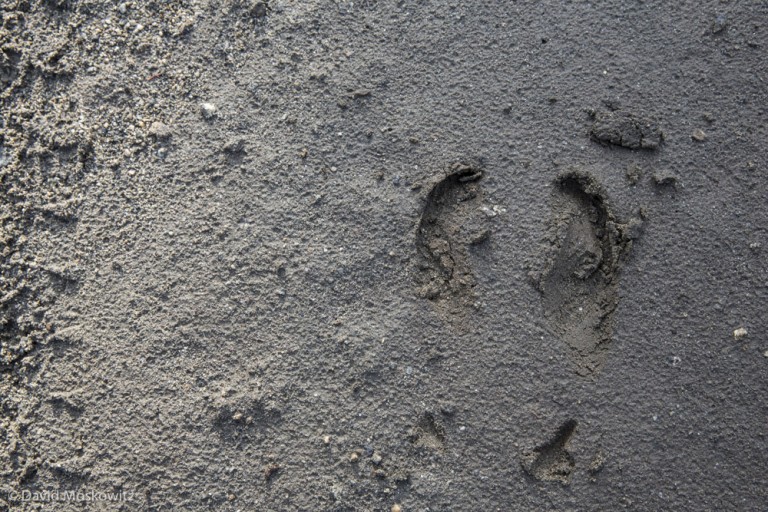Looking out across the section of the Columbia Mountains I explored within the home range of the North Columbia Caribou herd.
The town of Revelstoke, British Columbia sits on the banks of the Columbia River. North of town, on both banks of the reservoir created by the impounded Columbia lives the North Columbia caribou herd. This herd has been fairing better in the past several years than many of the herds further south. The reasons for this appear to include a collection of issues including habitat protections, limits on recreational impacts from snowmobiling and helicopter ski opporations and a drastic reduction in moose populations (through human hunting) which has lead to a natural decline in wolf populations and in turn less pressure on caribou. This herd has also been the focus of a program to pen some of the herd's pregnant females during the spring and early summer. The females and their calves which were born in the protection of the pen are released in the midsummer where they rejoin the rest of the caribou in the wild. This project is in its second year (Learn more about it at Revelstoke Caribou Rearing in the Wild). I spent three days in the heart of their range for this herd in the mountains northwest of Revelstoke.
Numerous sets of fresh caribou tracks in the area told me I was in the right spot. Pictured is the hind foot of a bull caribou. Caribou are the only native North American hoofed mammal to regularly show dewclaws (the marks behind the main cleaves, feral pigs found in many places, though none in caribou habitat, also often register their dewclaws), though they show up more regularly in the fronts than hinds.
Early one morning, close to first light, I caught my first glimpse of a mountain caribou, a bull with antlers in velvet. Female caribou also have antlers, though smaller than the males, another unique feature of this species.
The subalpine landscape that caribou appear to prefer is one made of dense forests and wet meadows. This is a species that is definitely NOT afraid to get its feet wet.
The older tracks of a grizzly bear warned me that these creatures might be in the area. I spotted a mom and cub in the morning twilight on the day after I spotted the caribou. They didn’t spot me as they crossed an opening in the forest but also didn’t linger long enough for me to capture a photo of them. Though intrigued, I choose not to follow them to see if I might get another chance to see them. A little ways on I discovered the fresh tracks of a bull moose and calf heading into the same section of forest. An interesting story might have unfolded between these mothers and children of two of North America’s most ornery large mammals. I left this one as another one of the many mysteries that these dark forests hold.
The mosquitos and black flies were atrocious.






